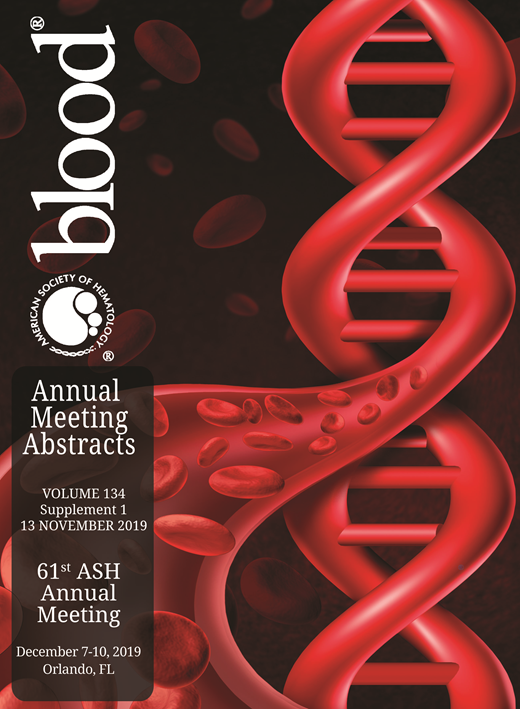Background:
In the recent decade, there have been dramatic improvements in multiple myeloma (MM) survival, owing principally to developments in therapeutic options. However, these developments have also raised concerns as to increase in second primary malignancies (SPMs) attributable to these therapies. For example, a Swedish study showed an increased risk of developing acute myeloid leukemia (AML)/myelodysplastic syndrome (MDS) in MM patients (11.51 fold), along with 1.19-fold increased risk of non-hematologic malignancies. However, it is presently unclear whether this increase is related to therapy or other factors such as host, environment or behavioral patterns. Here, we study incidence of SPM and association with demographics, exposure, and therapy in a large population in the US Veterans Affairs (VA) healthcare system.
Methods:
We used the VA's nationwide Corporate Data Warehouse to identify patients diagnosed with MM from 1999 to 2017, as well as their age, race, therapy at induction, stem-cell transplant status, and exposure status. For each patient, we identified the first SPM after MM treatment initiation using the VA Central Cancer Registry. We excluded patients who had records of malignancies prior to MM treatment initiation.
Results:
We identified 14,261 patients meeting the inclusion criteria, of whom 552 (3.9%) had SPMs, consistent with prior literature. Median age at MM diagnosis was 69.22 years overall (95% CI 51.98-84.76), 66.7 years (52.03-83.86) for those with SPM, and 69.32 years (51.99-) for those without SPM. Median age at diagnosis of SPM was 70.2 years (55.43-86.75). Median time from MM treatment initiation to SPM was 2.38 years (0.09-9.37). Of the 552 observed SPMs, 69 (12.4%) were hematologic (25 MDS, 19 lymphoma, 15 acute leukemia, 6 chronic leukemia, 4 MPN) while 84.5% (466) were oncologic. Prostate cancer was the most common SPM (n=125, 22.6%). We did not observe statistically significant differences in incidence of SPM by smoking status (4.1% among current/former smokers vs 3.7% among never smokers; P=0.347), or Agent Orange exposure (4.2% among those exposed vs 3.8% among those not exposed; P=0.476).
We also examined the relationship of common treatments to SPM. SPM is more common among those exposed to lenalidomide (4.3% vs 3.4%, p=0.003), bortezomib (4.8 vs 3.3%, p<0.001), and transplant (7.5% vs 3.5%, p<0.001). Considering only therapy at induction, SPMs occur among 3.3% of those receiving lenalidomide/dexamethasone (Rd), 4.0% of those receiving bortezomib/dexamethasone (Vd), and 4.5% of those receiving RVd (p=0.11). Among those who also received transplant, SPM occurs in 6.0%, 6.6%, and 8.7% of those receiving Rd, Vd, and RVd, respectively (p=0.49). And, among those who did not receive transplant, SPM occurs in 3.1%, 3.5%, and 3.7% of cases, respectively (p=0.52).
Conclusion:
In comparison to data from the VA Central Cancer Registry on cancer incidence at the VA in general, the incidence of SPM (3.9%) that we report among MM patients is substantially higher than the overall incidence of malignancy in the VA (0.78%). Moreover, we find that common risk factors for developing malignancy, including smoking status and exposure to Agent Orange, are not significantly associated with developing SPM after MM diagnosis. In contrast, we find that therapy utilization, particularly transplant, is associated with significant increases in susceptibility to SPM. Better understanding of these risk factors is needed to appropriately assess the tradeoff of decreased myeloma-related mortality, but potentially increased risk of secondary malignancies with common myeloma therapy options.
Yellapragada:Novartis: Employment, Other: Spouse Employment ; Celgene: Research Funding; BMS: Research Funding; Takeda: Research Funding. Munshi:Abbvie: Consultancy; Adaptive: Consultancy; Adaptive: Consultancy; Amgen: Consultancy; Amgen: Consultancy; Celgene: Consultancy; Celgene: Consultancy; Janssen: Consultancy; Janssen: Consultancy; Takeda: Consultancy; Takeda: Consultancy; Oncopep: Consultancy; Oncopep: Consultancy; Abbvie: Consultancy.
Author notes
Asterisk with author names denotes non-ASH members.

